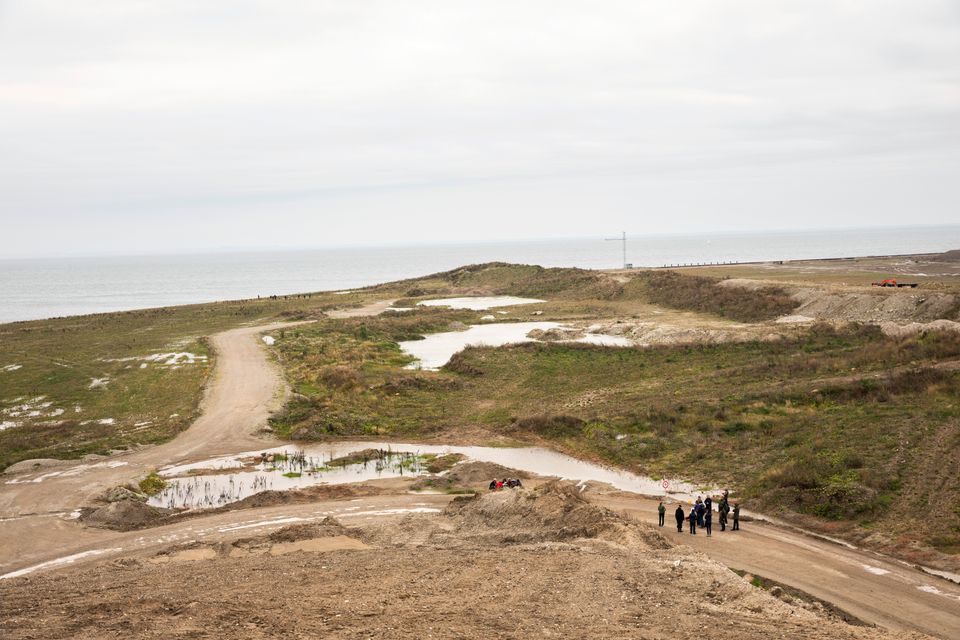Taking over the leadership of the EU at a time when it faces “possibly its greatest challenge”, PM Helle Thorning-Schmidt unveiled today her government’s programme for the six-month presidency.
Titled ‘Europe at Work’, Denmark will spend most of its time attending to the health of the euro, but it will also push for development in areas it labelled ‘A responsible Europe’, ‘A dynamic Europe’, ‘A green Europe’ and ‘A safe Europe’ (see factfile below).
Joined by three other key members of her cabinet, Thorning-Schmidt made clear that European unity would be the overarching goal of the presidency.
“There’s no denying that we’re taking over the presidency at a historically difficult period,” she said. “Our presidency will be one that’s defined by the crisis, and I think we should make that clear.”
In her governmentÂ’s efforts to stop the euro’s slump, the prime minister said she would seek specific solutions to the problems it faces.
“Concrete results are the best way we can contribute to making sure that Europe sticks together in the coming months,” Thorning-Schmidt said.
Reiterating the analogy drawn by her Europe minister, Nicolai Wammen, the PM said Denmark would be valuable as a bridge-builder between the 17 Eurozone members and the rest of the 27-member EU.
Denmark has not adopted the euro, but the krone is tied to the single currency. Traditionally, support for the euro equally divides voters, but as its troubles have mounted, its popularity has plummeted.
The government said it will focus on export and “targeted trade policy” to stimulate growth. It also hopes to promote green growth, but recognised the crisis made this aspect of its agenda a tall order.
Factfile | DenmarkÂ’s EU priorities
1. A responsible Europe
- Individual countries must get their budgets under control
- Denmark will support the Eurozone countriesÂ’ financial agreement to implement tighter budgetary restrictions
- Continued work on the EUÂ’s seven-year financial framework for 2014 – 2020
- Implementation of a six-month period in which member states provide their budgets for EU review
2. A dynamic Europe
- Growth in the Internal Market via the initiatives in ‘A Single Market Act’
- Progress on EUÂ’s patent court, which so far has garnered no consensus for its establishment or location
- A digital Internal Market
- New business opportunities via the WTO or bilateral agreements with countries including Japan, India, and Canada
3. A green Europe
- Creation of green jobs
- Green growth within agriculture, transportation, and other fields
- A new energy directive so that the EU can reach its goal of decreasing energy use by 20 percent before 2020
- Cut emissions by 80 percent in relation to 1990 levels by the year 2050
4. A safe Europe
- Increased regulations on food safety and cross-border criminality
- Implementation of the European Asylum System
- Strengthening Schengen co-operation
- Continued work on the expansion of the EU
Read the governmentÂ’s programme for the Danish EU presidency













